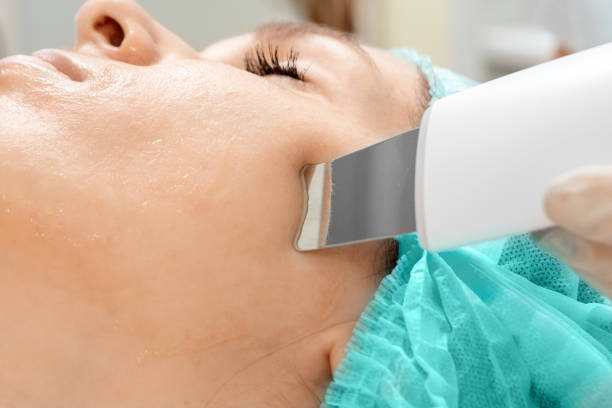Fat loss without surgery: what are your options in 2025?
Looking to reduce stubborn fat without going under the knife? In 2025, non-surgical treatments are more advanced and accessible than ever. From fat-freezing to laser and ultrasound therapies, this guide walks you through the most effective options, what results to expect, and a realistic view of costs—helping you choose the approach that fits your goals.

How does non-surgical fat removal work?
Non-surgical fat removal techniques typically work by either destroying fat cells or encouraging their breakdown and elimination from the body. These methods often utilize various forms of energy, such as cold temperatures, heat, ultrasound waves, or radiofrequency, to target and disrupt fat cells without damaging surrounding tissues. Once the fat cells are broken down, the body’s natural metabolic processes gradually eliminate them over time, resulting in a slimmer appearance in the treated areas.
What are the available non-surgical fat reduction methods?
In 2025, several non-surgical fat reduction methods are at the forefront of body contouring technology:
-
Cryolipolysis: This technique uses controlled cooling to freeze and eliminate fat cells. The treated fat cells crystallize and die, and are then naturally processed and removed by the body.
-
Radiofrequency lipolysis: This method employs radiofrequency energy to heat and destroy fat cells. The heat also stimulates collagen production, which can improve skin tightness.
-
Ultrasound fat reduction: High-intensity focused ultrasound waves are used to disrupt fat cell membranes, causing them to break down and be eliminated by the body’s lymphatic system.
-
Injection lipolysis: This involves injecting a solution directly into fatty areas to break down fat cells. The solution typically contains deoxycholic acid or similar compounds that cause fat cell destruction.
-
Laser lipolysis: Low-level laser therapy is used to create tiny holes in fat cells, allowing the contents to leak out and be naturally processed by the body.
What results can you expect from non-surgical treatments?
Non-surgical fat removal treatments can provide noticeable fat reduction in targeted areas, but it’s important to have realistic expectations. Typically, these treatments can reduce fat in the treated area by about 20-25% after a full course of sessions. Results are generally visible within a few weeks to a few months after treatment, as the body gradually eliminates the destroyed fat cells.
It’s crucial to understand that non-surgical fat removal is not a weight loss solution but rather a body contouring method. These treatments are most effective for individuals who are at or near their ideal weight but have stubborn pockets of fat that resist diet and exercise.
How much do non-surgical fat removal treatments cost?
The cost of non-surgical fat removal treatments can vary widely depending on the specific method, the treatment area, the number of sessions required, and the provider’s location and expertise. Here’s a general overview of treatment costs in 2025:
| Treatment Method | Average Cost per Session | Typical Number of Sessions |
|---|---|---|
| Cryolipolysis | $650 - $800 | 1-3 |
| Radiofrequency lipolysis | $450 - $600 | 4-6 |
| Ultrasound fat reduction | $1,000 - $1,500 | 1-3 |
| Injection lipolysis | $600 - $1,000 | 2-4 |
| Laser lipolysis | $1,500 - $2,500 | 1-3 |
Prices, rates, or cost estimates mentioned in this article are based on the latest available information but may change over time. Independent research is advised before making financial decisions.
What factors influence treatment success?
Several factors can impact the success of non-surgical fat removal treatments:
-
Patient selection: Ideal candidates are typically within 30 pounds of their goal weight and have good skin elasticity.
-
Treatment area: Some areas, like the abdomen and flanks, tend to respond better to treatment than others.
-
Number of sessions: Multiple treatments may be necessary to achieve optimal results.
-
Post-treatment care: Following provider instructions for aftercare, including maintaining a healthy diet and exercise routine, can enhance and prolong results.
-
Individual metabolism: The rate at which the body processes and eliminates destroyed fat cells can vary from person to person.
-
Technology and provider expertise: The effectiveness of the treatment can depend on the quality of the equipment used and the skill of the practitioner administering the treatment.
In conclusion, non-surgical fat removal options in 2025 offer promising alternatives to traditional liposuction for those looking to contour their bodies without invasive surgery. While these treatments can provide noticeable improvements, it’s essential to have realistic expectations and consult with a qualified provider to determine the best approach for your individual needs and goals.
This article is for informational purposes only and should not be considered medical advice. Please consult a qualified healthcare professional for personalized guidance and treatment.




